12 things I wish I'd known before my first winter mountain hike
Fiona Russell looks back to the first time she headed out for a mountain walk in winter – and reveals what she learned
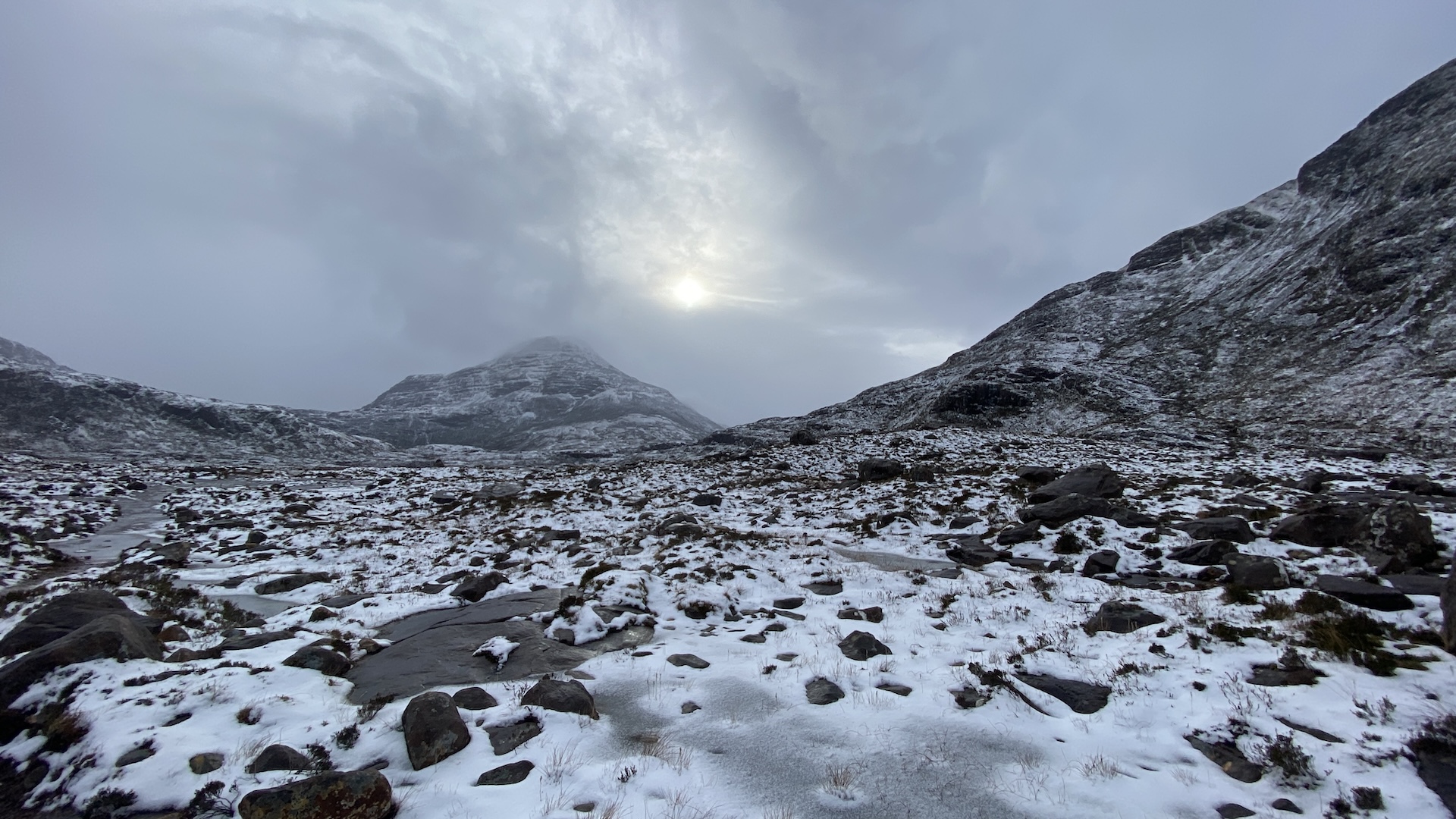
The winter mountains can be a daunting environment and many hikers avoid heading out in the coldest season. But this means you are hanging up your favourite walking footwear for many months, especially in the UK. As a keen summer hiker, I remember my first winter mountain walk and there were many things I wished I’d known before setting off. With these tips, maybe you will enjoy your first adventure in the wintry hills and mountains this year?
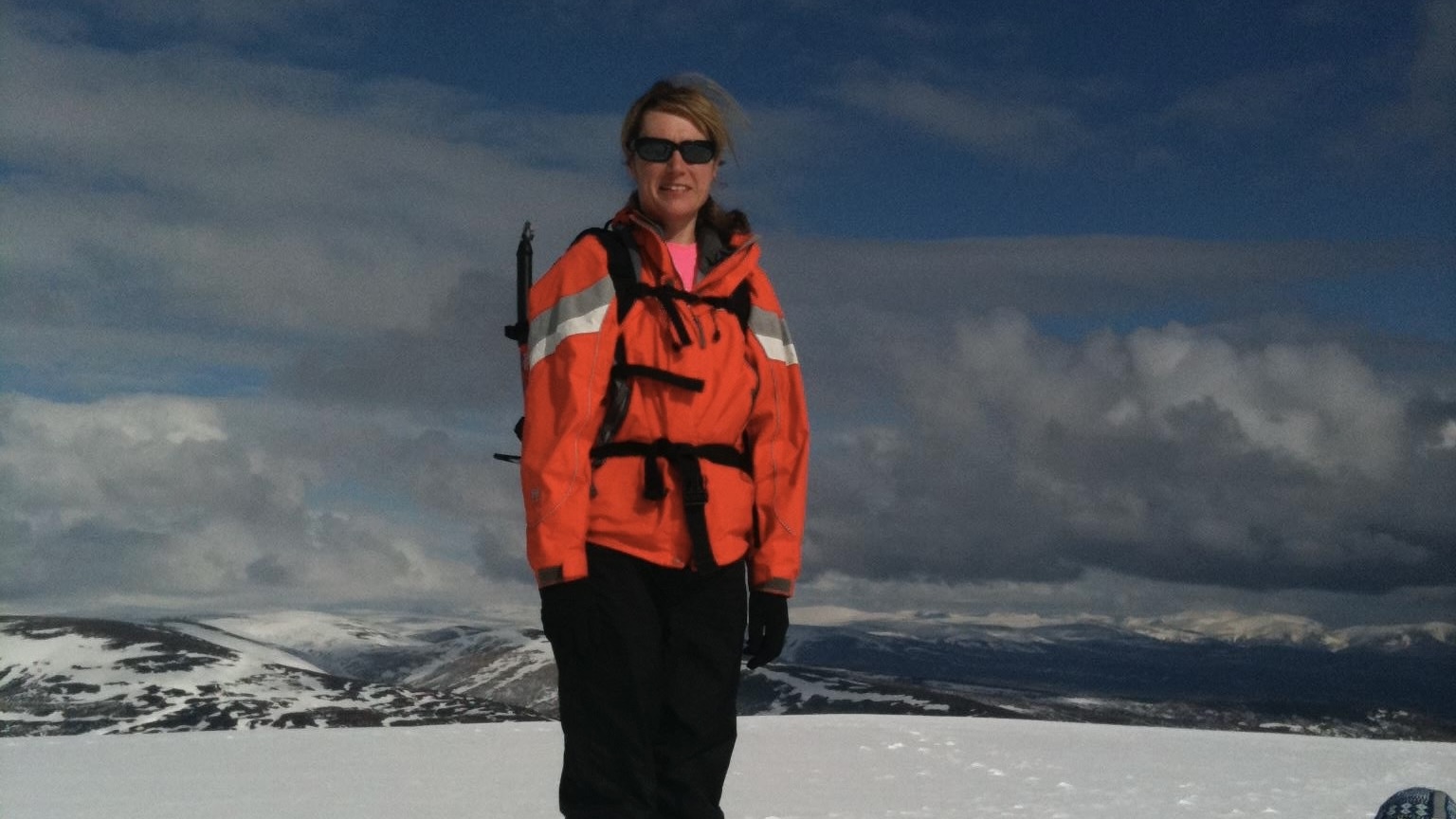
12 things I wish I'd known before my first winter mountain hike
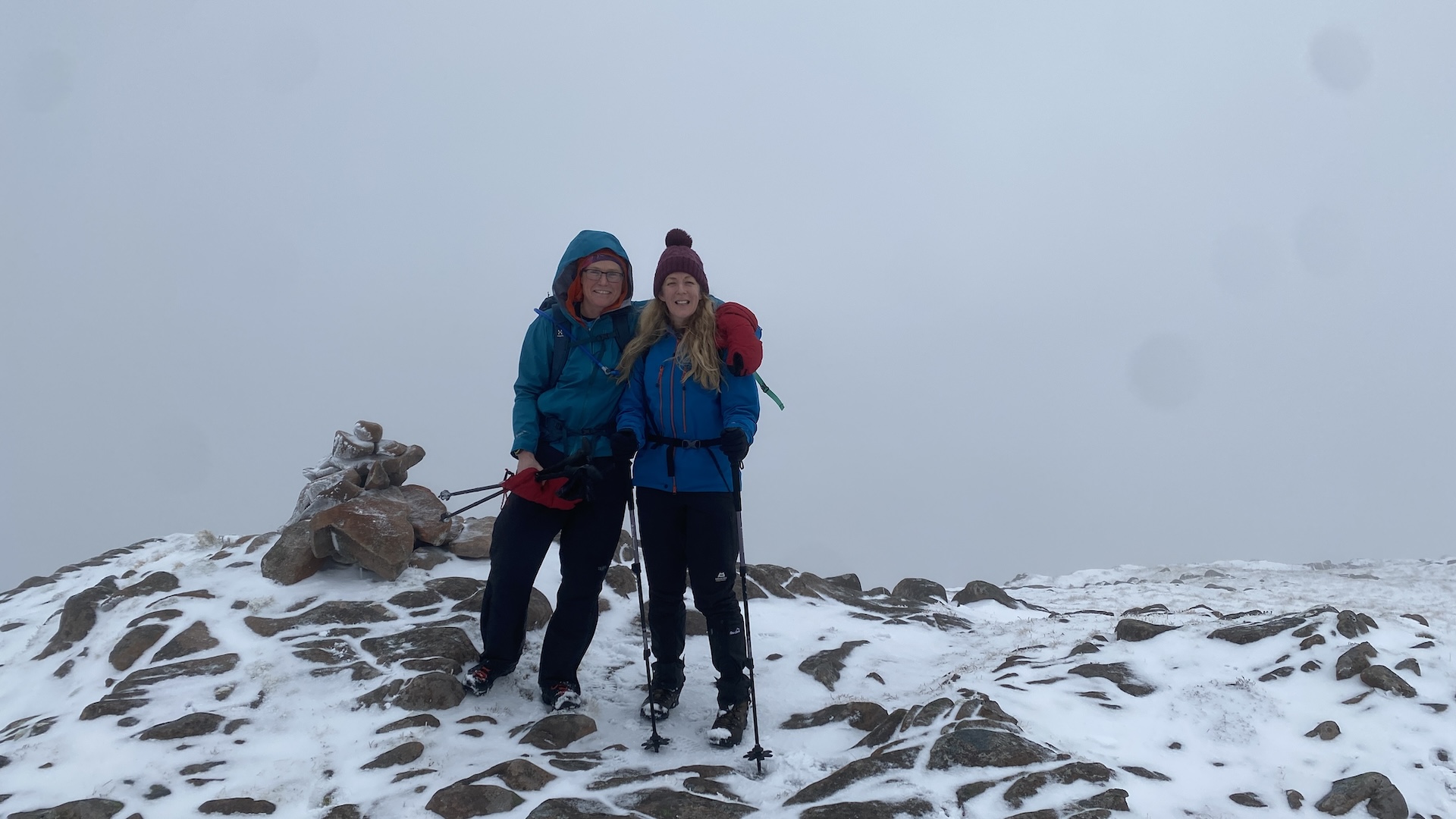
1 You’ll need more clothing than you think
On my first winter hike I ended top wearing all of my packed clothing and I was still cold. Not every winter’s day will be the same in terms of temperatures and conditions – from dry and windy to wet to snowy – but heading to higher altitudes in the hills and mountains will naturally mean it’s colder.
When winter hiking I wear, as a minimum, fleece-lined running tights or walking trousers, a short and long-sleeved base layer. Normally one of these will be a merino or natural fibre top.
I add a lightweight insulated jacket and also a winter waterproof jacket. Winter waterproof jackets are usually sold as three-season or four-season jackets and tend to be made of thicker material that offers greater windproofing and waterproofing, as well as improved durability.
In my pack I will have a heavier insulated jacket, another baselayer, waterproof over-trousers, several pairs of gloves, headwear and spare socks.
The key is versatility with winter walking kit so that you can add or remove layers depending on the weather.
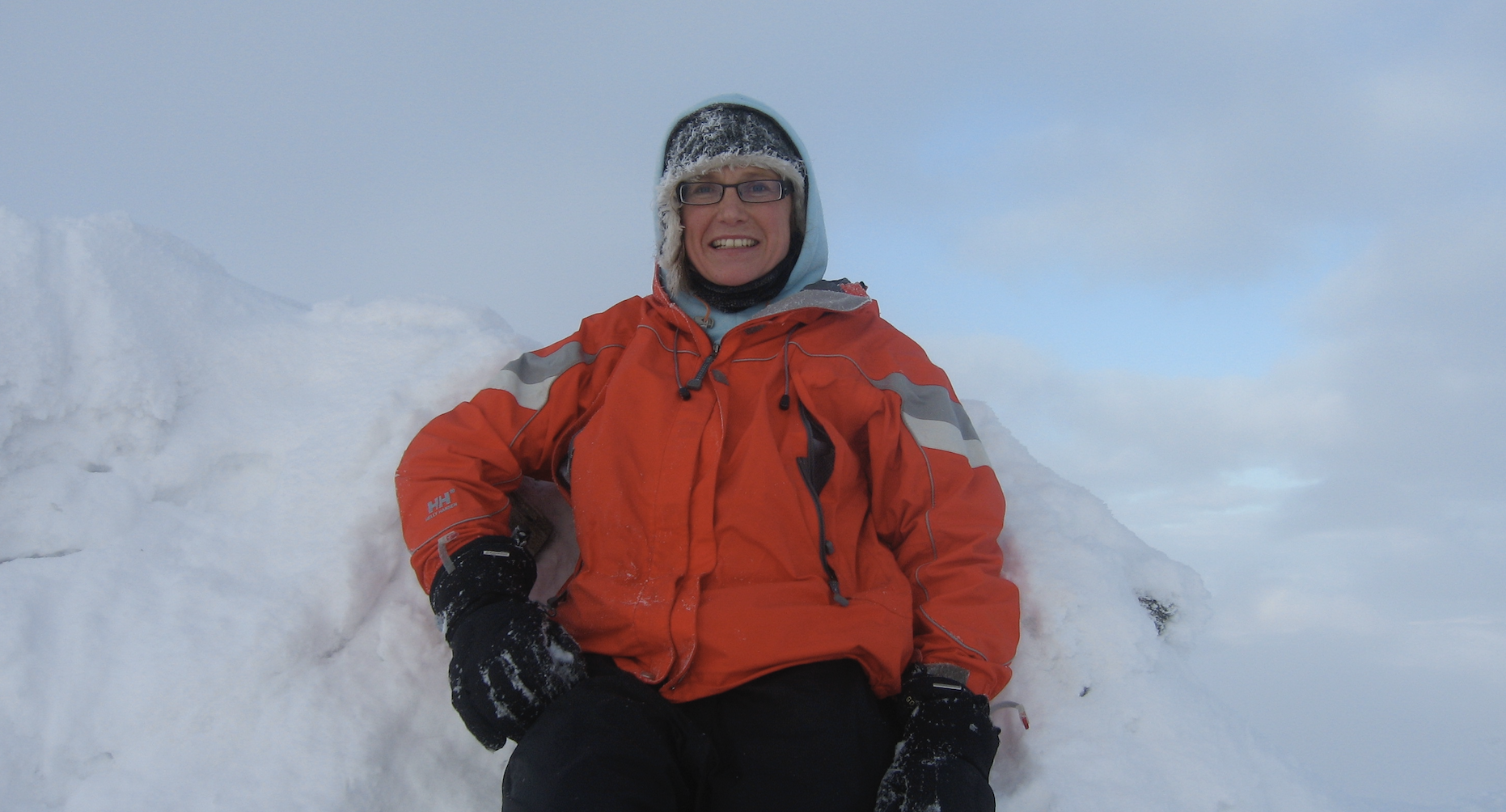
2 You’ll need more than one pair of gloves
I suffer with Raynaud’s Syndrome so my hands are very vulnerable to the winter cold. I usually wear a thinner pair of gloves to start the hike and have an extra two pairs of mittens in my pack. One pair of mittens will be thicker and very insulated, while the other will be of medium thickness.
All the latest inspiration, tips and guides to help you plan your next Advnture!
If I know it is going to be very cold I take heated gloves or mittens, too. I made the mistake on my first hike of thinking that one pair of gloves would suffice but I ended up with numb hands.
It is a good idea to have three pairs of gloves or mittens just in case one pair gets soaking wet or, as has happened to me, a glove is caught by strong winds and flies off never to be found again.
I have spent my life searching for the best winter gloves and I believe mittens make the most sense of keeping my hands warm.
3 Hiking boots not shoes
In spring, summer and autumn I favour trail shoes for hiking. I prefer them because they are lightweight and more flexible. But winter hiking is usually wet, muddy and cold. I switch to hiking boots for winter mountain walks to ensure my feet stay dry and warm.
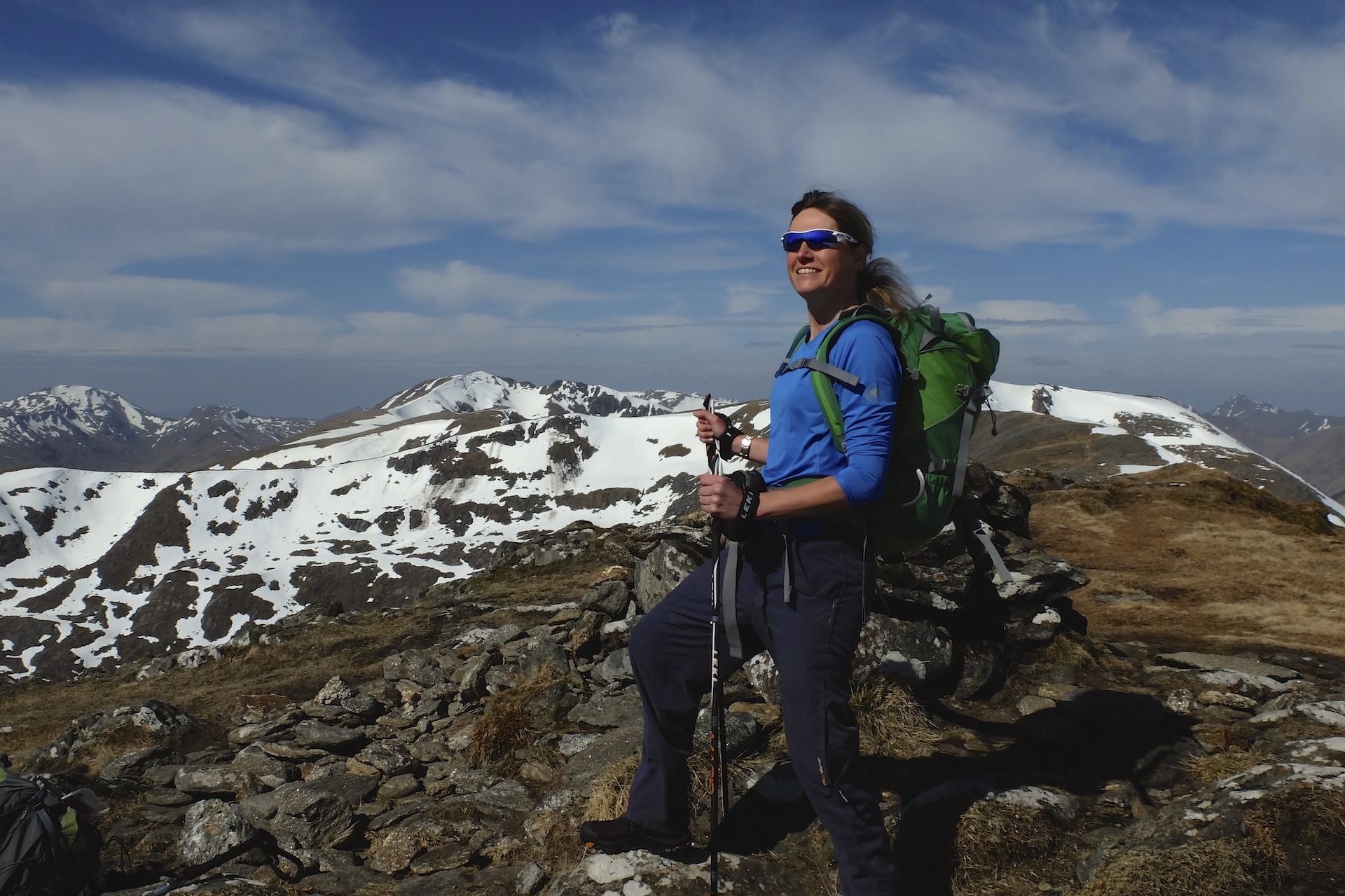
4 You still sweat in winter
When hiking uphill in winter, I found I became surprisingly sweaty. This meant that when I stopped, the wet sweat created a damp layer against my skin. The damp is difficult to avoid in winter because even when wearing breathable layers you are naturally wearing more layers and that makes it hard for the wet to evaporate.
Having a spare base layer or wearing a natural wool layer can really help with reducing the cold and damp of sweat.
5 Synthetic insulation not down
When I started winter hiking I didn’t have a huge range of winter kit. I decided to take a warm down jacket with me but it became very wet in almost constant rain.
Now I use a synthetic insulated jacket for winter mountains and I find it keeps me warmer for longer.
6 Waterproof socks are a great idea
Even when wearing winter hiking boots, water can ingress the top of the boot. I also find that my fabric boots, which have a Gore-Tex liner, end up letting in water after many hours of walking in west or snowy weather.
I find that waterproof socks help to keep my feet dry and warmer.
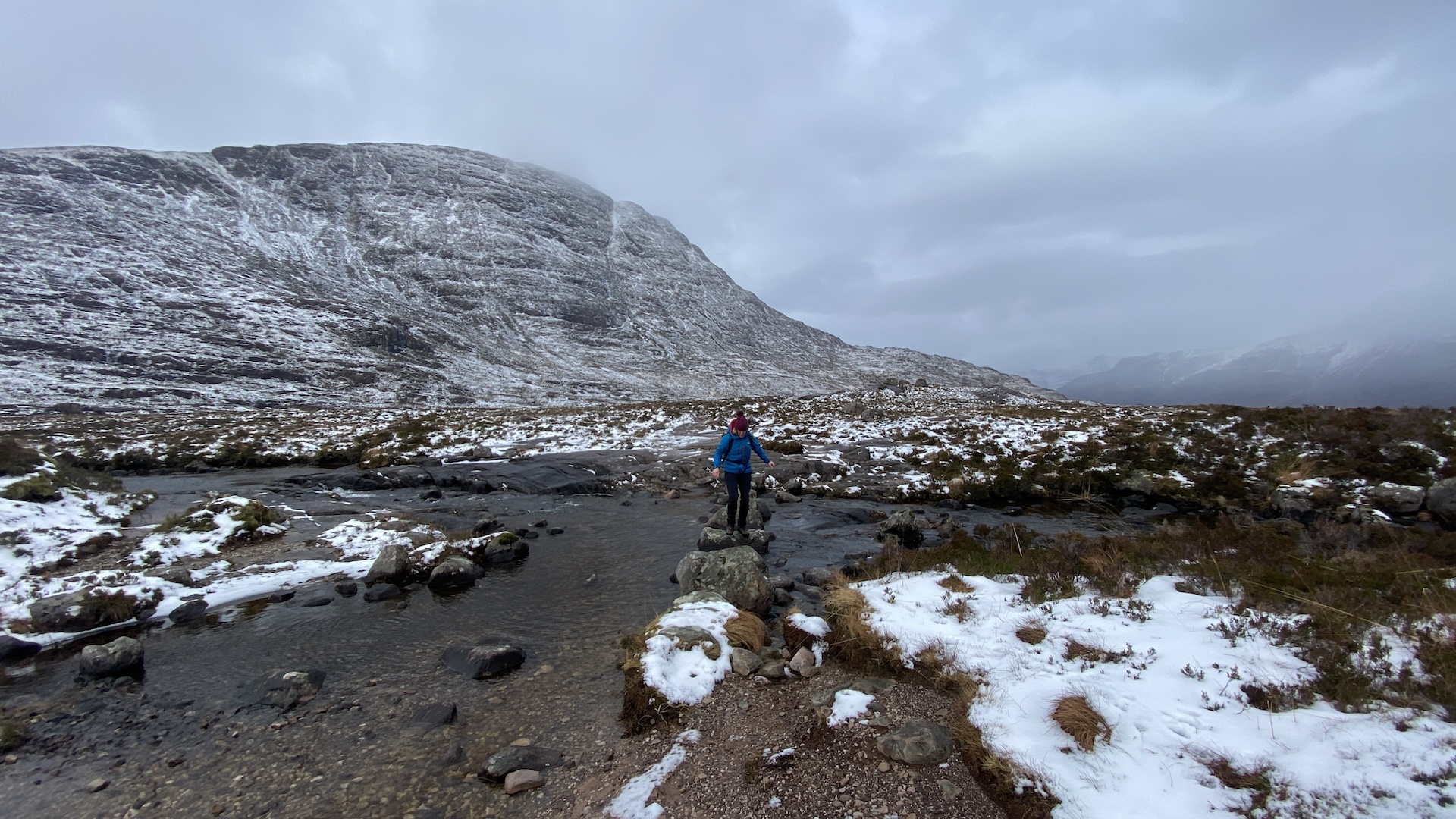
6 Remember your safety essentials
It is critical in the winter mountains tat you take safety kit, including boot crampons and an ice axe. You’ll also need to know how to use the ice axe, see tip 10.
On my first winter hike in snow, I discovered that the white fluffy stuff can also turn to ice and that makes conditions underfoot dangerously slippery.
Boot crampons and an ice axe are useful for maintaining traction on ice and snow and, if the worst happens, an ice axe could help to arrest your fall. I usually take trekking poles, too, for extra stability.
A map and compass – and the knowledge of how to use them – are important as back up for navigating if you plan to use your mobile phone map app.
A Personal Locator Beacon (PLB) or another method of emergency communication is essential, too.
8 Mobile phones don’t like the cold
I discovered that my mobile phone battery drains much quicker when it is cold. Back on my first hike, map apps were not as common as these days but I still used my phone for communication and taking photos.
I was surprised by how quickly the battery drained when the phone got cold.
What I learned is that switching the phone to airplane mode helps to save battery use and I now pack a power bank so I can charge the phone if needed.
9 You need a bigger walking pack
With all the extra clothing and kit, I learned that a winter walking pack needs to be much bigger than a summer pack. I usually use a 30l to 40l winter pack and it needs to have attachments for my ice axe.
What I also discovered is that a winter hiking pack is quite heavy, so you need to be prepared for that.
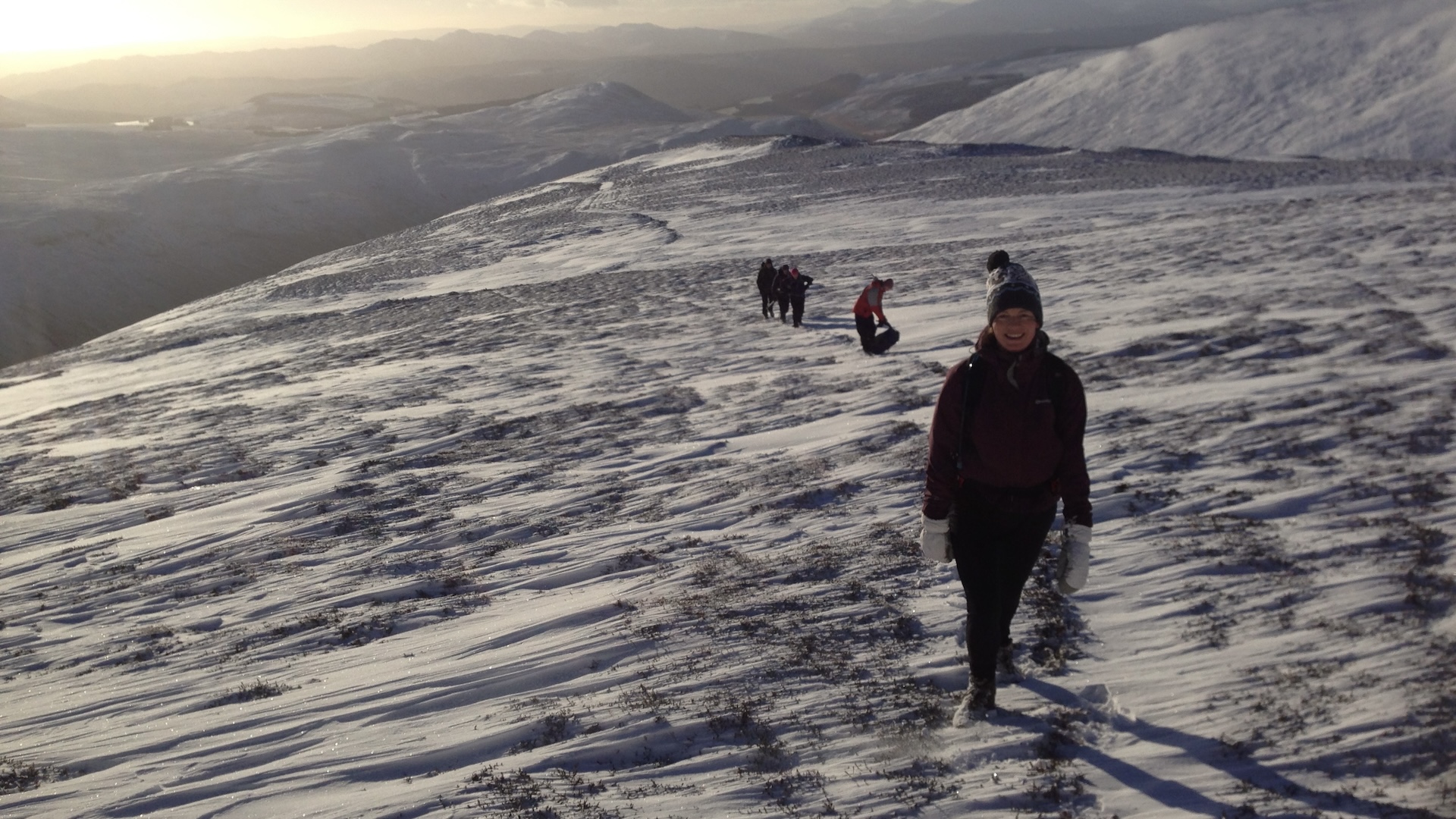
10 You should book a winter skills course
The winter hills can be icy and snowy. In these conditions, the mountains become a much more dangerous environment and it’s important that hikers know how to plan and what to expect.
Being able to read avalanche safety forecasts, for example, is vital and knowing how to use an ice axe and crampons are skills that you need.
On my first winter hike it was snowy and I had to rely on my hiking partner to keep me safe and show me how to use my winter kit. This didn’t make me feel comfortable so I booked a winter skills course and learned the techniques for myself.
11 You might still need sunglasses and sun cream
The sun can still be bright in winter and the snow will cause greater reflection so sunglasses and sun cream might still be needed.
12 Don't be afraid to go with plan B
I have learned through my winter hiking experiences – and, in fact, my hiking adventures year-round – that if the weather and conditions do not look favourable for your plan A, there is always a plan B.
On one of my first winter hikes the wind and snow because so ferocious that my partner and I had to turn back even though we were just 1km from the mountain summit. This was a frustrating but sensible decision.
Better still would have been the decision to hike elsewhere, or stay at home and wait for another day.
I learned early on that it is, at best, unpleasant and, at worse, dangerous to continue with plan A for a winter hike when the forecasts are clearly telling you not to go.
I always say to myself now: “The mountains will always be there. It’s better to be safe than sorry.”

Fiona Russell is a widely published adventure journalist and blogger, better known as Fiona Outdoors. She is based in Scotland and is an all-round outdoors enthusiast with favorite activities including trail running, mountain walking, mountain biking, road cycling, triathlon and skiing (both downhill and backcountry). Aside from her own adventures, Fiona's biggest aim is to inspire others to enjoy getting outside and exploring, especially through her writing. She is also rarely seen without a running skort! Find out more at Fiona Outdoors.
